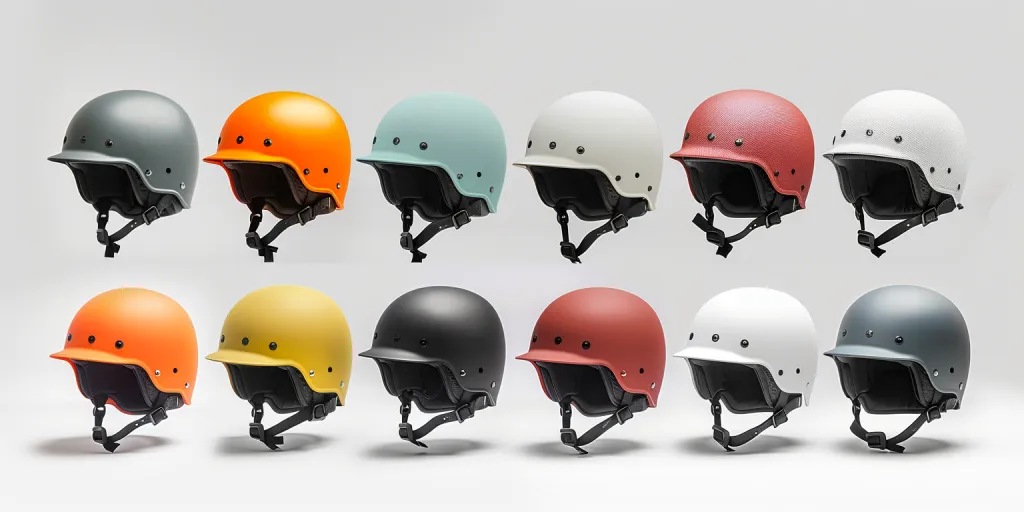When it comes to motorcycle gear, the beanie helmet stands out for its compact design and comfort. This guide dives deep into what beanie helmets are, their benefits, how to select the right one, and much more. Whether you’re a seasoned rider or new to the scene, understanding the ins and outs of beanie helmets can enhance your riding experience.
Table of Contents:
– What is a beanie helmet?
– What does a beanie helmet do?
– How to choose a beanie helmet
– How long do beanie helmets last?
– How to replace a beanie helmet
– How much are beanie helmets?
What is a beanie helmet?
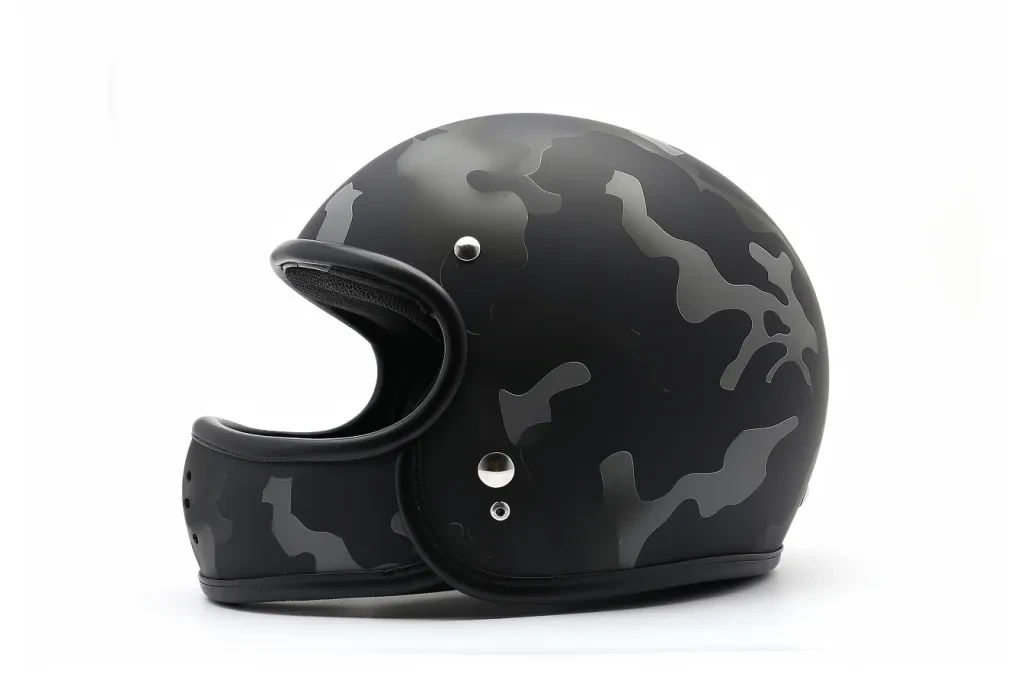
A beanie helmet, often known as a half helmet, is a minimalist headgear choice favored by motorcycle and scooter riders who seek both comfort and a touch of style. Unlike full-face or modular helmets, beanie helmets cover only the top half of the head, leaving the face and often the ears exposed. They are designed to offer a balance between protection and freedom, giving riders a sense of openness while on the road. Beanie helmets are characterized by their lightweight, low-profile design that appeals to riders looking for less bulk and more convenience.
What does a beanie helmet do?
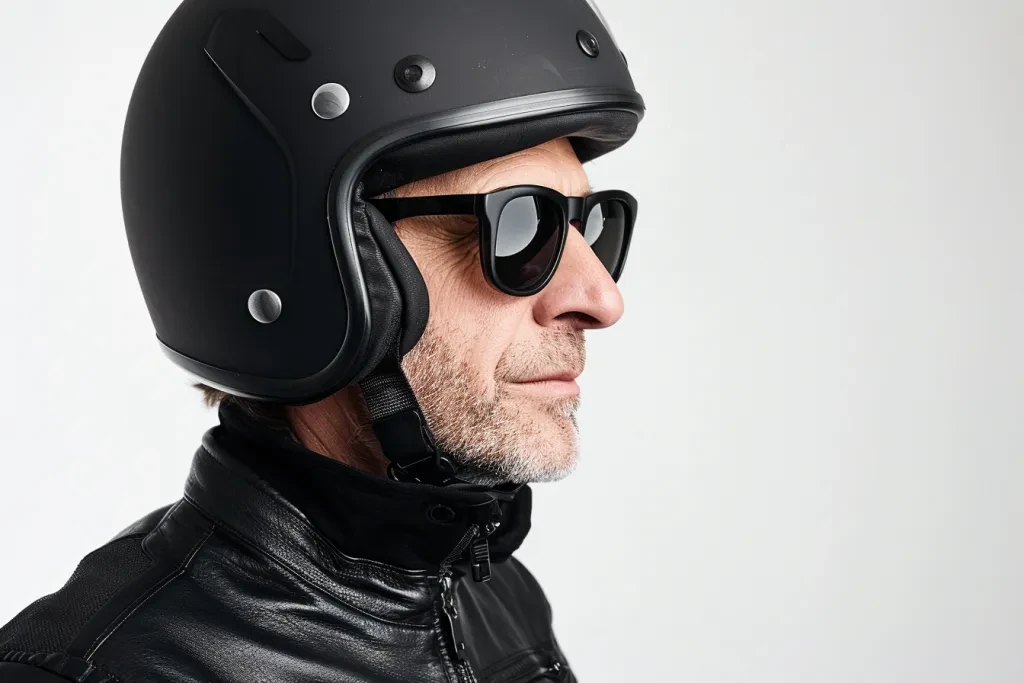
The primary function of a beanie helmet is to provide head protection in the event of a crash or fall. While it does not offer the comprehensive protection of a full-face helmet, it is designed to absorb and distribute impact forces, reducing the risk of serious head injuries. Beanie helmets are also appreciated for their ability to enhance the riding experience. Their open design allows for better peripheral vision and increased airflow, making them an ideal choice for warm weather or short trips. Additionally, many riders choose beanie helmets for the aesthetic appeal, as they can complement a rider’s style without overwhelming it.
How to choose a beanie helmet
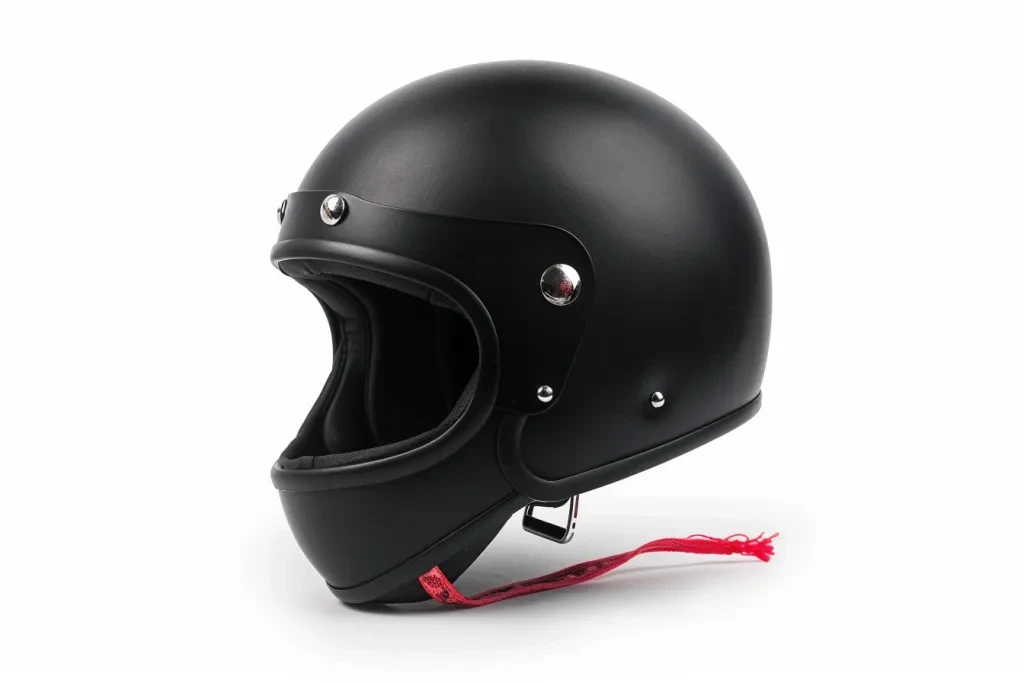
Selecting the right beanie helmet involves considering several factors to ensure both safety and comfort. First and foremost, look for helmets that meet safety standards set by organizations such as the DOT (Department of Transportation) in the United States. This certification indicates that the helmet has passed rigorous impact testing. Additionally, consider the helmet’s fit and comfort; a properly fitting helmet should sit snugly on your head without being too tight. Look for helmets with adjustable straps and padding that can be customized for a better fit. Finally, consider the helmet’s material and weight. Lightweight materials such as composite fibers can offer protection without adding unnecessary bulk.
How long do beanie helmets last?

The lifespan of a beanie helmet depends on several factors, including the quality of its construction, the materials used, and how well it is maintained. On average, a well-cared-for beanie helmet can last between 3 to 5 years. However, it is important to regularly inspect your helmet for signs of wear and tear, such as cracks in the shell, fraying straps, or compressed padding. Exposure to harsh conditions, such as extreme temperatures or UV light, can also degrade the helmet’s materials over time. Replacing your helmet after a significant impact, even if no damage is visible, is crucial to ensuring your safety on the road.
How to replace a beanie helmet

Replacing a beanie helmet involves more than just purchasing a new one; it’s about ensuring you continue to ride safely. Start by assessing your current helmet for signs that it’s time for a replacement, such as visible damage or a decrease in fit and comfort. When selecting a new helmet, revisit the criteria for choosing a beanie helmet to ensure you’re getting a product that meets your needs and safety standards. After purchasing a new helmet, properly adjust it to fit your head and make any necessary modifications to ensure maximum protection and comfort. Remember to responsibly dispose of your old helmet, as it may no longer be safe for use.
How much are beanie helmets?
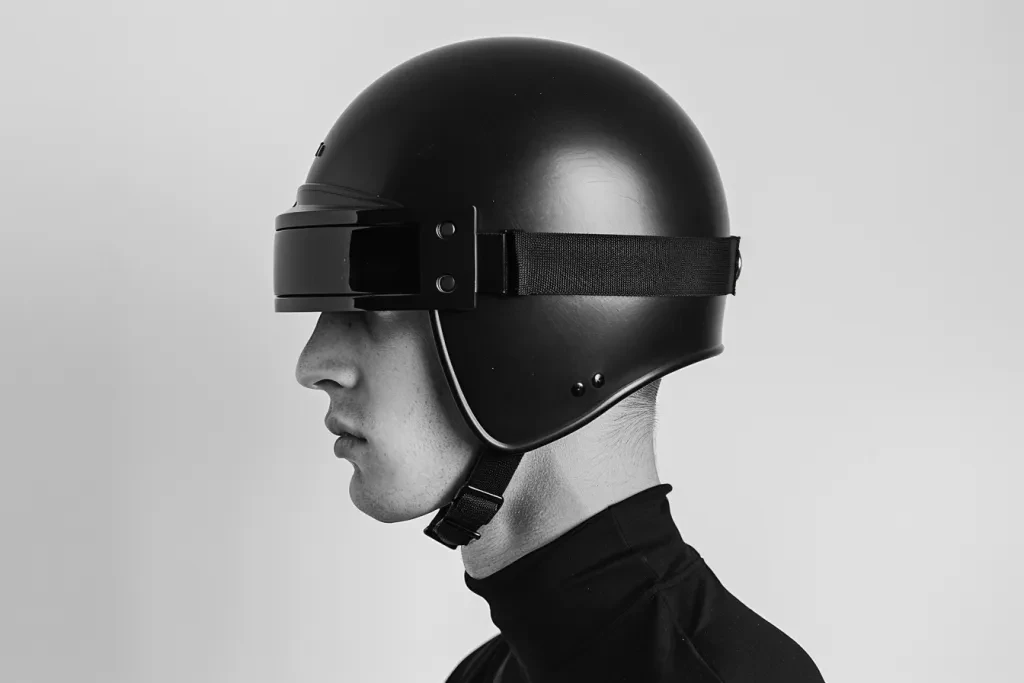
The cost of beanie helmets can vary widely based on factors such as brand, materials, and safety certifications. Generally, you can expect to pay anywhere from $50 to $200 for a quality beanie helmet. While it might be tempting to opt for a cheaper model, investing in a helmet that provides adequate protection and meets safety standards is crucial. Higher-priced models often offer features such as better materials, enhanced comfort, and more stylish designs. When considering the cost, remember that a beanie helmet is an investment in your safety and well-being on the road.
Conclusion:
Beanie helmets offer a unique blend of style, comfort, and protection for riders. By understanding what beanie helmets are, how they function, and how to choose the right one, riders can make informed decisions that enhance their riding experience. Remember, a helmet is a vital piece of safety equipment, and selecting the right beanie helmet can make all the difference in your journey on the road.
